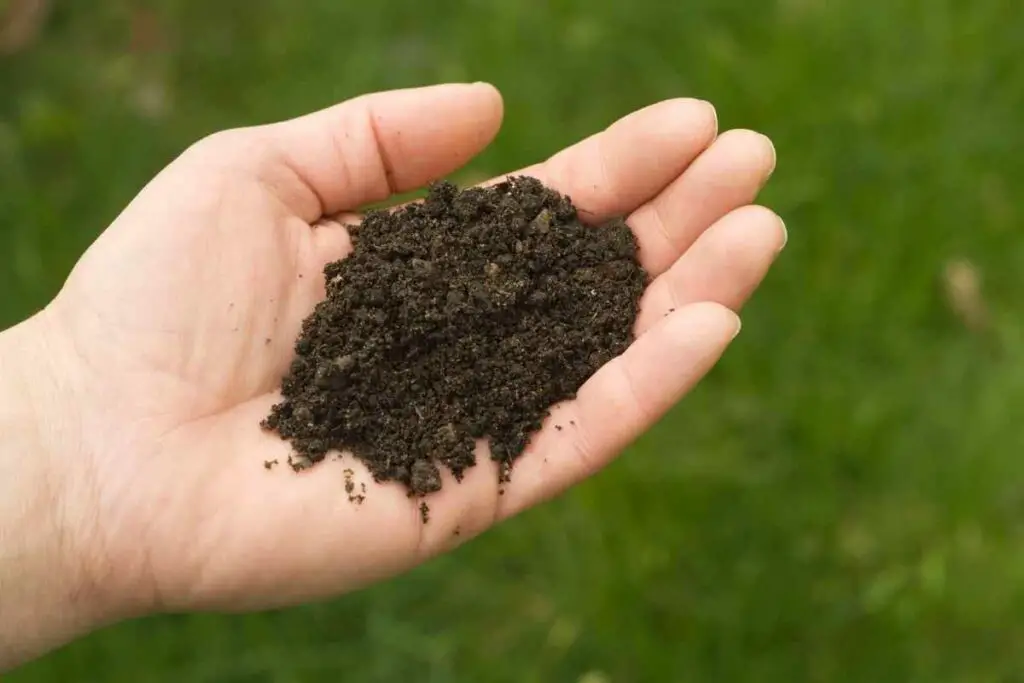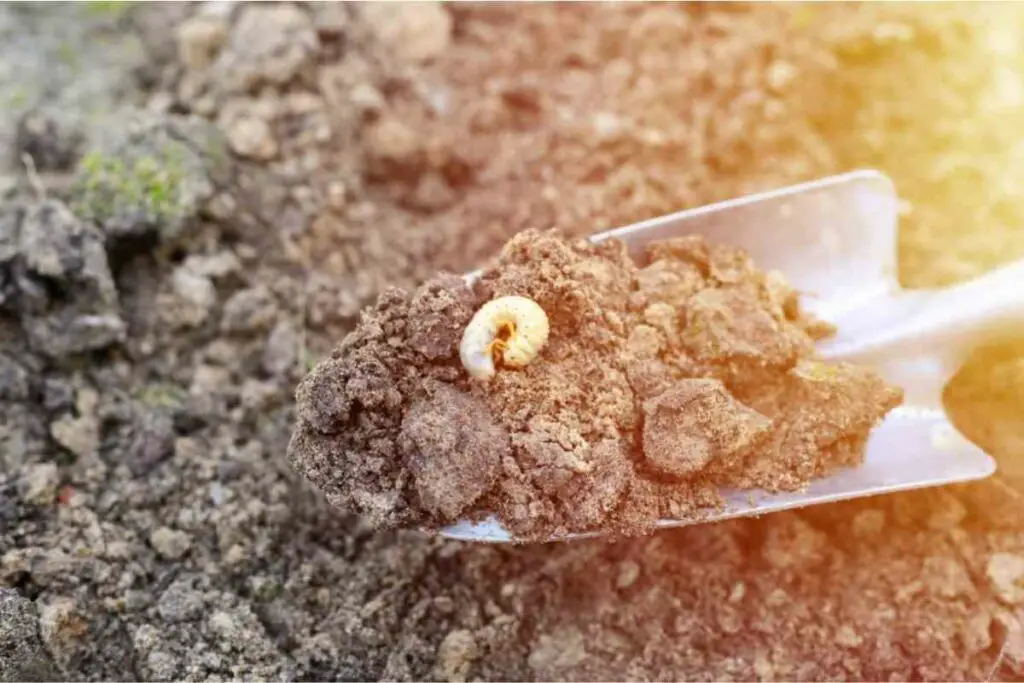Bugs have positive and negative impacts on the plants and the soil. Most bugs found in organic soils include gnats, spider mites, ladybugs, and aphids.
Bugs can find their way to your soil in different ways, for example, contamination and introducing foreign crops. However, healthy soils mixed with organic fertilizers such as compost attract good bugs.
Bugs affect the stems, leaves, roots, and the soil itself; hence it is essential to monitor the garden regularly to create a safe environment for the plants to thrive.
Nonetheless, bugs do have some positive impacts, such as decomposing organic matter, aiding aeration, pollination, and improving the overall fertility of your soil.
Additionally, numerous studies have shown that while organic soil does attract more bugs, it mainly attracts beneficial ones such as ladybugs, bees, and dragonflies. This not only increases the biodiversity in your garden but also acts as a natural pest control method.

Table of Contents
How Do You Identify If There Are Bugs In Your Organic Soil?
Before getting rid of bugs, it is crucial to determine if they are of benefit or not. You can do this by observing and performing research before eliminating them. Methods used to identify bugs are
- An easy method is sampling small amounts of soil by scooping between the dry and moist layers of the ground using a spade. Bugs inhibit more between these two layers.
- You can also assess the damage to your crops. For instance, cutworms like to chew through the stems of seedlings at the soil level. Other insects, such as aphids, suck the moisture out of leaves, making them curl up and fall off.
- Frequent ladybug sightings might also indicate a bug problem. While ladybugs are a farmer’s best friend, their presence indicates an abundance of aphids in your garden. This is because aphids are one of their favorite meals.
- Lastly, if you notice your leaves have yellow spots, it might indicate spider mites.
Common Types of Bugs That Are Found In Organic Soil
The Good Bugs
Bugs can be good for your garden in two different ways. They can either feed on and kill bad bags or act as parasitoids. Parasitoids are good bugs that lay eggs on, in, or near bad bugs. Once these eggs hatch, they feed on the nasty bugs.
Soil Mites:
Soil mites are small tiny white insects and are pretty tricky to see unless you use a magnifying glass. They are not harmful to the plant but beneficial to the soil in the decomposition process.
The mites break down plant and animal residue, adding fertility to the soil. They are also known to consume fungi and bacteria that are in the organic soil. A farmer is advised not to get rid of soil mites due to their beneficial values.
Ladybugs
These tiny insects might appear innocent, but they are vicious predators. When they are in their larva stage, they can eat up to 40 aphids an hour. This makes them an excellent natural pest control measure.
Praying Mantises
Another fierce predator is the praying mantis. They actively hunt grasshoppers and many other insects. Some praying mantises are even known to kill small snakes. The only downside to having them is that they are not selective killers and consume beneficial bugs such as butterflies and bees.
Bad Bugs
Aphids
Aphids are found in all soils, whether organic or inorganic. They are tiny, pear-shaped insects with long antennae. They are primarily found in fruits, flowers, and vegetables. These tiny insects are destructive since they suck plant sap causing the leaves to curl up and fall off.
Fungus gnats
Fungus gnats are the most common types of bugs found in organic soil. They are tiny black insects that mainly infest rotting roots but could infest healthy ones also.
Caterpillars
There are numerous types of caterpillars, and it is usually challenging to control them, especially if you are an organic farmer. These insects chew on leaves or along the margins, and some even tunnel into fruits.

How Do You Get Rid Of Bugs?
Not all bugs need to be eliminated. However, you need to act quickly if you notice that you have an infestation of harmful bugs.
One of the best methods is separating healthy plants from the infected plants and regularly monitoring the garden against infestation from bugs.
Prices pulled from the Amazon Product Advertising API on:
Product prices and availability are accurate as of the date/time indicated and are subject to change. Any price and availability information displayed on [relevant Amazon Site(s), as applicable] at the time of purchase will apply to the purchase of this product.
Bug control measures are mainly done before or during planting to remove the threat of plant damage before sowing.
Some of the natural remedies include:
- You can disinfect garden tools through thorough cleaning before farming.
- Growing plants that act as a pest repellent, for example, planting garlic next to your other plants. This method is commonly known as companion planting.
- Building barriers around your organic farm using obstacles such as nets to keep bugs away and digging burrows a few inches deep to prevent underground bugs such as worms.
- You can remove some bugs by hand, for example, caterpillars, earthworms and other big insects.
- Crop rotation- This is where you grow different plants in succession.
- You can improve the soil by watering regularly, using manure and compost to keep it healthy and fertile.
- Improve the soil structure by mulching and planting cover crops to keep it moist.
What Are The Advantages Of Having Bugs In Organic Soils?
- Some bugs are used as predators to kill other harmful insects on the farm. Ladybugs are known to kill other bugs.
- Burrowing bugs dig holes that tunnel the soil, thus aiding drainage and aeration.
- Bugs decompose organic matter, increasing the fertility of your soil.
- Some bugs are used for pollination, such as the moth and bees.
- Improve fertility of the organic soil through their droppings and dead bodies.
Final Thoughts
We can conclude that organic soil has bad and good bugs. Some bugs are easy to identify, while others are not. Farmers are advised to differentiate between the beneficial and unbeneficial bugs before getting rid of them.
For the bad bugs elimination, prevention and control measures should be applied as fast as possible to avoid damaging the farm or garden.














